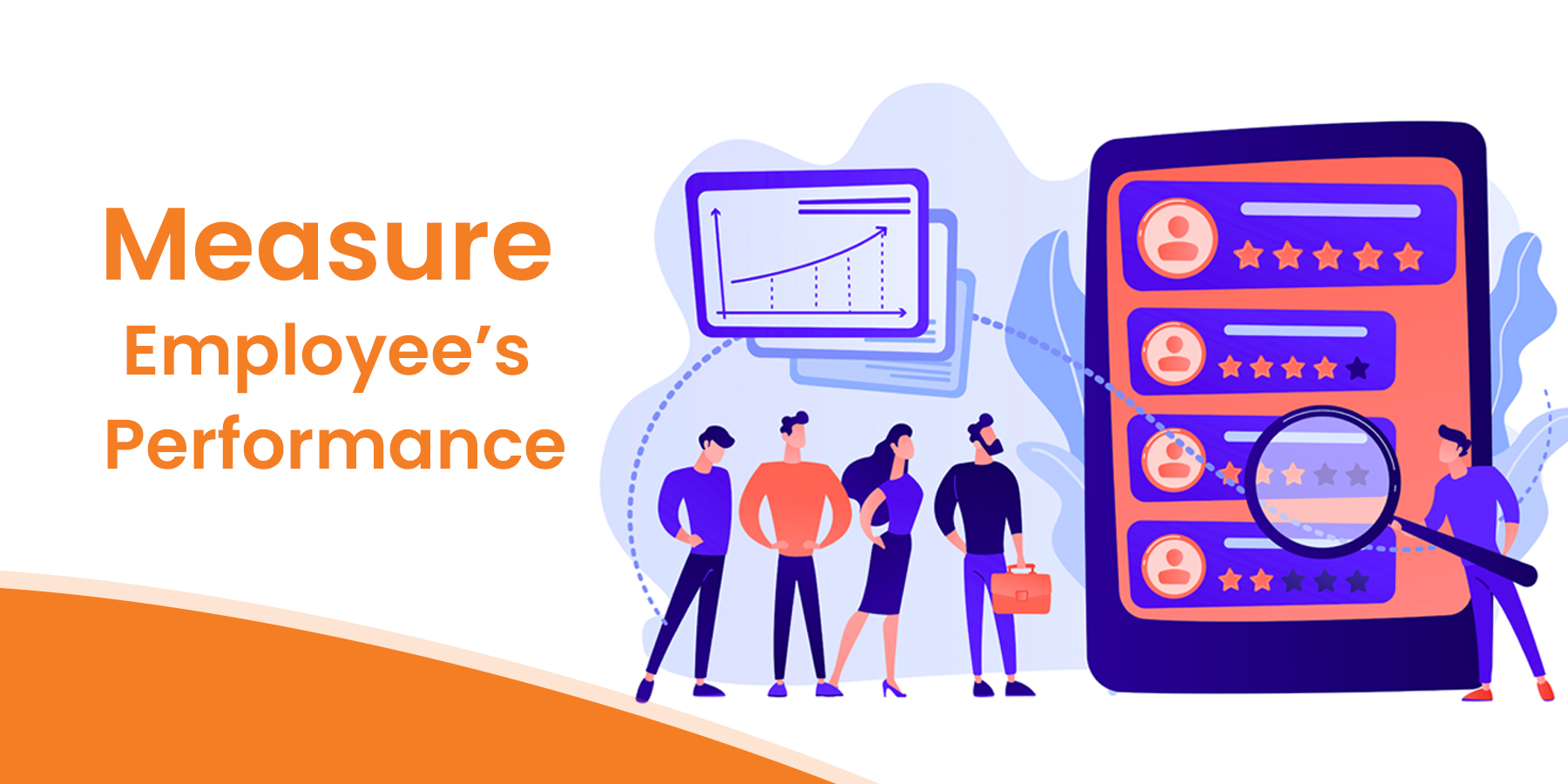Businesses, especially ecommerce, thrive with customer interaction and engagement. Every interaction is important and could impact a brand’s reputation, customer loyalty, and, ultimately, the business's success.
Customer interaction refers to how businesses interact and efficiently communicate at each touchpoint of the customer journey. It covers all communication channels like phone calls, email, chat, and more. They can also be in the form of social media or website inquiries, newsletters, or those self-help articles you post — proactive engagement from your end also falls under customer interactions.
Each interaction is unique and must be handled accurately and with great care. Anytime your business connects with customers is an opportunity to build relationships. You must take advantage of these opportunities by approaching them with a systematic process and smart strategy.
What Is Customer Interaction Management?
Proper customer interaction management is the foundation of a good customer experience. There is no universal approach to it, but how you handle these interactions can set the tone for the customer’s experience and significantly impact brand loyalty.
Interaction management means creating a well-thought-out process for handling customer engagement across all touchpoints. It allows you to gather context and data to formulate a more personalized customer experience. It’s about strategizing and putting together a foolproof system for all circumstances involving customer experience.
With a proper understanding of customer interactions, you’ll be able to optimize your strategy when engaging with a customer, no matter the circumstances. And since businesses rely on customers to stay afloat, this is one of the vital parts of your system that you want to strengthen.
CIM software and service providers can help you get on top of customer interactions. Some companies and outsourcing service providers offer end-to-end CIM solutions that provide your team with support, strategy, and staffing to take on engagement and customer experience.
Why Is Managing Customer Interactions Important?
Proper customer interaction management will positively affect many aspects of your business. It has a significant impact on the success of your business. Positive customer experiences bring customers to your door and encourage them to keep coming back. An optimized CIM ensures their experience with your brand is positive.
When managed properly, you’ll be able to form personal connections with customers, understand their pain points and be able to resolve them the way they want you to. Thus, driving customer satisfaction higher and strengthening customer loyalty.
When you interact with customers, you initiate a discourse where they can share personal opinions and feedback about your brand, service, or product. It opens a path to improvement by knowing and understanding what customers need straight from them.
And according to Forbes, the same old customer experience no longer works. So listen to your customers and learn their behaviors. Improve your operations, processes, product features, and business strategies based on feedback and preferences. You should be able to gauge what works best and codify those practices into your business process.
How Can Customer Interaction Increase Sales?
As an entity that lies at the mercy of customer behaviors, businesses ought to know how to please customers and make the most out of every chance to engage them. With 80% of consumers preferring companies that offer personalized customer experience, you’ll have to meet their standards through customer interaction management.
Of course, it’s not enough to simply communicate with customers in a friendly way or respond to inquiries quickly. You’ll have to create a strategy based on the information you can gather from engaging with your customers.
Here are some tips on how you can use customer interactions to increase your revenue:
1. Gather feedback and insights
From the bottom of the funnel to the top, map out all touchpoints and note what information you can gather and how to use it. For example, when customers inquire about your service, you can gather enough information to create a persona. You can then refine your customer service or marketing strategy to target that persona, leading to more traffic and conversions in your channels.
Reviews and customer feedback are actionable information that your team can quickly address. Do you want to know if you’re providing great service? One of the best ways to do that is to get feedback from your customers.
You can even use negative feedback to improve your product, service, and business processes. Use them to your advantage by implementing customer suggestions to enhance their experience.
2. Provide a consistent and personalized customer experience
Nowadays, customer expectations are changing quickly. The demand for businesses to meet their rapidly changing expectations is rising too. Fast, consistent, and personalized services keep them engaged with your brand.
Customer interactions provide your support reps with context and data so that when customers contact you for help or inquiries, they can provide more personalized and high-quality service. When done consistently, customers will keep doing business with you and become ambassadors of your brand, thus, encouraging more customers to purchase from you.
It’s a great way to retain more customers, and a mere 5% increase in retention rates can result in up to a 95% increase in profit. All you need to do is consistently provide high-quality personalized customer service.
3. Incentivize customer referrals
We’ve established that customer interaction management can lead to more loyal customers who will advocate for your brand. One of the best ways to take advantage of this is by giving incentives to customers who refer other potential customers to your business.
Most of the time, customers referred by their peers tend to stay loyal to your brand. It's a testament to the power of brand advocacy and word-of-mouth marketing. Through a referral program, customers can become advocates for your brand, attract other customers, and be rewarded.
This will encourage your existing customers to invite others to purchase your product or service. It also makes marketing slightly easier and will ultimately increase your profits.
4. Encourage upselling and cross-selling
According to most sales professionals, cross-selling and upselling can increase profits by up to 30%. When done correctly, it can improve customer satisfaction and increase Customer Lifetime Value (CLV).
Customer interaction management builds strong customer relationships across multiple channels. It gives your customer service team plenty of opportunities to upsell and cross-sell. Be careful not to overdo it, though; customers get turned off when the agents are too pushy.
An established connection between you and the customer will make upselling easier. Managing your customer interactions makes way for a strong enough customer relationship that your customer service team can take advantage of.
5. Keep your content up to date
Some customers prefer going through the self-service options when looking for information about your brand or troubleshooting issues with their purchase. Tap into that market by ensuring that whatever information they need is always available, whether that’s in the form of How To articles, FAQs, tutorials, or infographics and videos.
A regularly updated knowledge base empowers existing customers to look for answers and solutions themselves. It also eliminates the possibility of long waits and response times which contributes to an overall positive customer experience.
Furthermore, a well-written knowledge base establishes your brand as an expert in your field and increases your brand reputation. It can help attract customers to your website, thus increasing traffic, and when handled properly, it can be easily converted to customers.
Conclusion
Customer interactions are opportunities to provide excellent customer experiences. Positive customer experience drives customer satisfaction and loyalty, which attracts and retains more customers. Thus, generating more sales.
Take advantage of the opportunity by employing the help of CIM software or service providers to improve your customer interactions.








